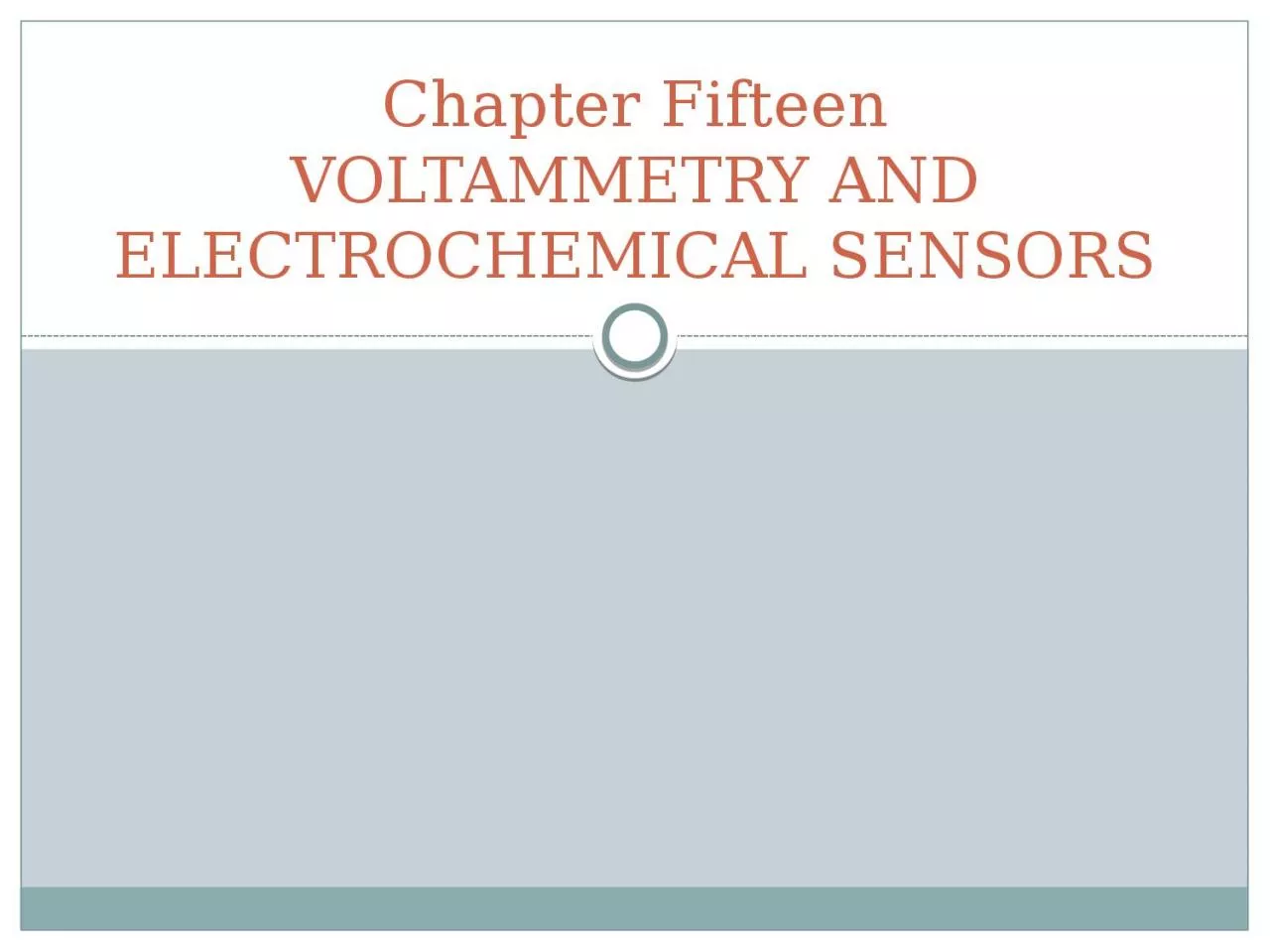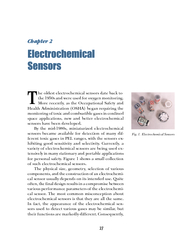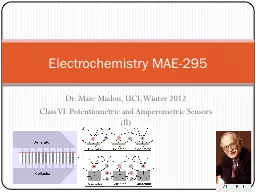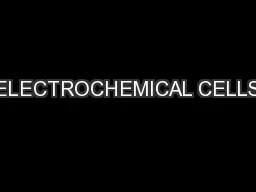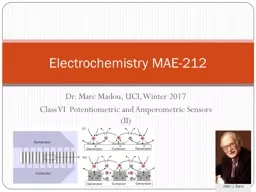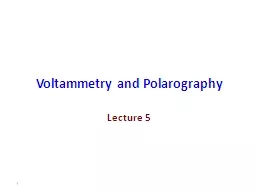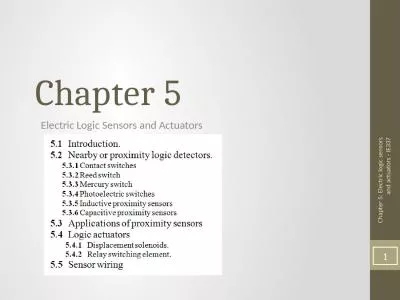PPT-Chapter Fifteen VOLTAMMETRY AND ELECTROCHEMICAL SENSORS
Author : violet | Published Date : 2024-03-13
WE WILL LEARN FROM THIS CHAPTER Electrolytic cells Currentvoltage curves Supporting electrolytes Amperometric electrodes Chemically modified electrodes Ultramicroelectrodes
Presentation Embed Code
Download Presentation
Download Presentation The PPT/PDF document "Chapter Fifteen VOLTAMMETRY AND ELECTROC..." is the property of its rightful owner. Permission is granted to download and print the materials on this website for personal, non-commercial use only, and to display it on your personal computer provided you do not modify the materials and that you retain all copyright notices contained in the materials. By downloading content from our website, you accept the terms of this agreement.
Chapter Fifteen VOLTAMMETRY AND ELECTROCHEMICAL SENSORS: Transcript
Download Rules Of Document
"Chapter Fifteen VOLTAMMETRY AND ELECTROCHEMICAL SENSORS"The content belongs to its owner. You may download and print it for personal use, without modification, and keep all copyright notices. By downloading, you agree to these terms.
Related Documents

